13 Essential Tips for Starting Your Stamp Collection
Stamp collecting is a fascinating hobby that offers both historical insight and a sense of accomplishment. Whether you are drawn to the artwork, the stories behind the stamps, or the thrill of finding rare pieces, it can be a rewarding experience. Starting your collection might seem overwhelming at first, but with a few simple tips, you can set yourself up for success. It is important to begin with a clear focus, whether it’s a specific theme or region. Learning how to properly care for your stamps will also help preserve their value. Over time, you’ll discover new aspects of the hobby and enjoy the process of building your collection. With patience and dedication, your stamp collection will grow into something truly special.
This post may contain affiliate links, which helps keep this content free. Please read our disclosure for more info.
Do Your Research on Stamp Collecting
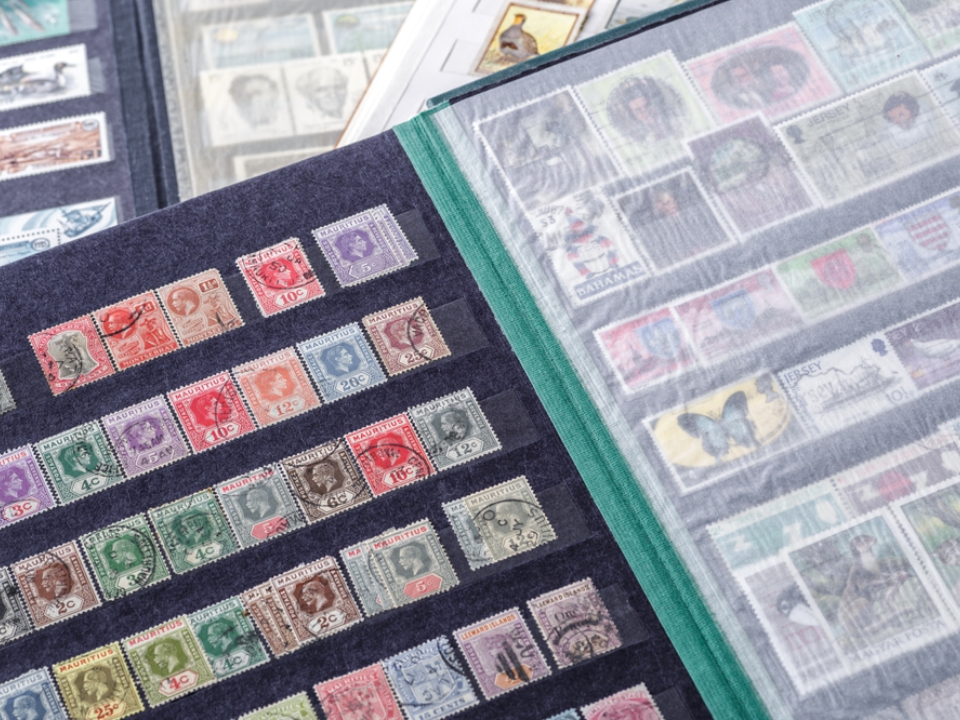
Before beginning, take the time to learn about stamp collecting. There are many different types of stamps, each with its own set of rules for collecting. Understanding the basics of stamp grading, pricing, and the history behind them can help you make informed decisions. This research will also help you determine which type of stamps interest you the most.
A variety of resources, from books to online communities, can assist with your research. Books such as “The Standard Catalog of World Stamps” are excellent for new collectors, as they offer valuable information on identification, values, and more. Taking part in online forums or attending stamp shows will help you meet other collectors and exchange tips. Staying well-informed will give you a solid foundation as you start collecting.
Start with a Specific Theme or Region
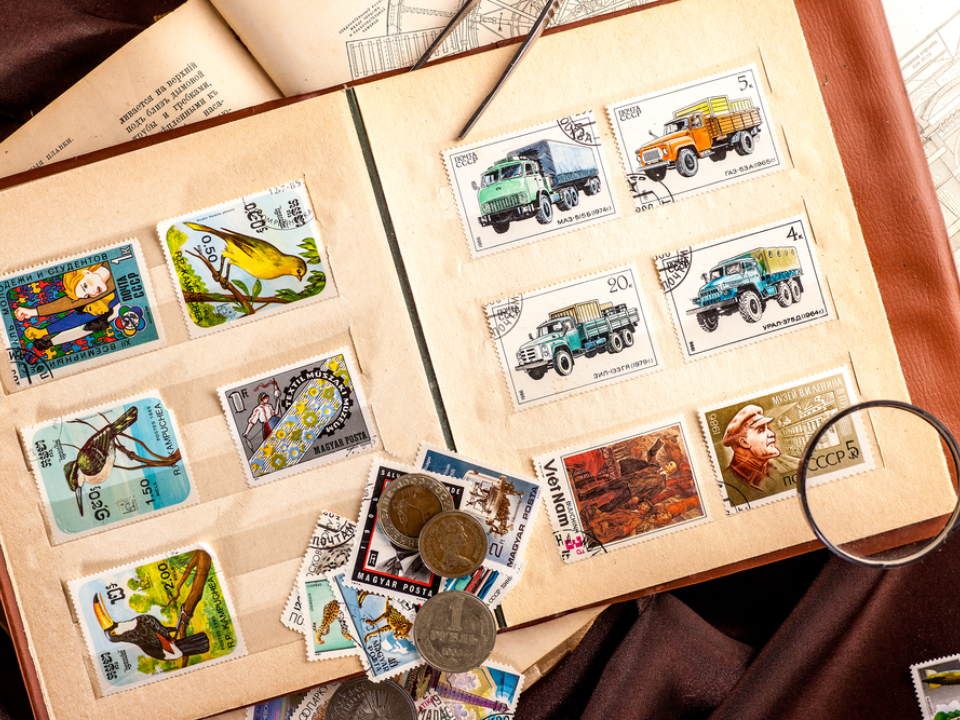
When starting your collection, it is often helpful to focus on a specific theme or region. Whether it’s stamps from a particular country or those featuring animals, landmarks, or famous events, narrowing your focus will make the collecting process more enjoyable. By honing in on a specific area, you can easily track down stamps that fit into your collection, making it more fulfilling.
Many collectors choose to start with stamps from their own country, as these are easier to find and usually less expensive. However, it is equally exciting to explore international stamps from different time periods or countries. Once you’ve chosen your theme or region, you can begin searching for stamps that fit within your parameters, gradually building your collection.
Understand the Condition of Stamps
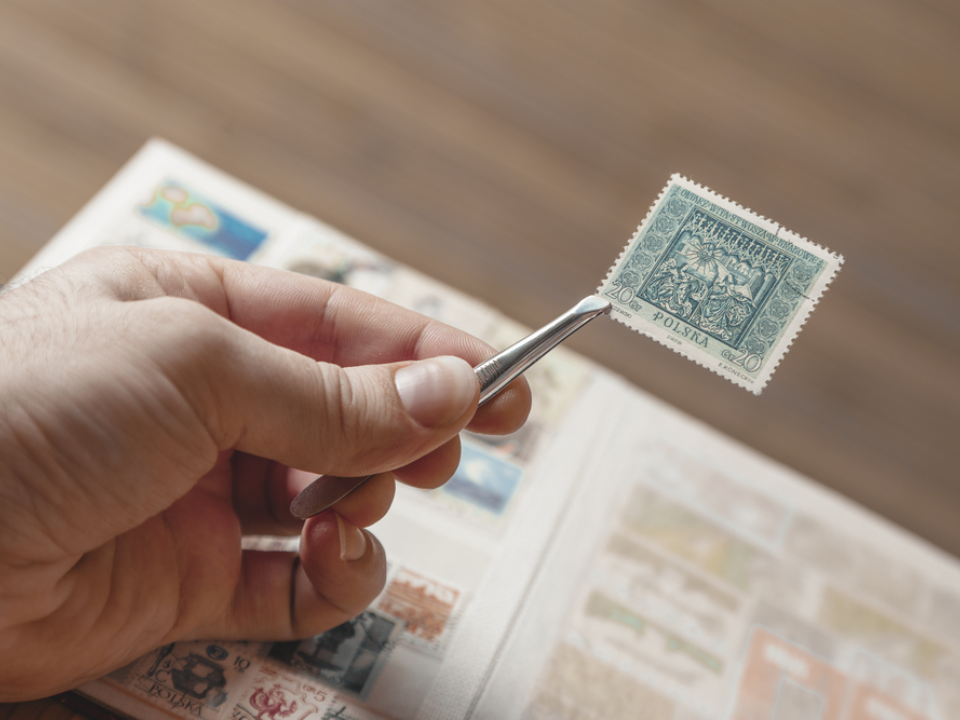
The condition of a stamp plays a critical role in its value and desirability. A stamp’s grade is determined by its appearance, including the quality of the paper, perforations, and cancellation marks. Stamps in pristine condition will usually command a higher price, while those with tears or fading may be more affordable. Understanding how to evaluate the condition of a stamp will help you make good purchasing decisions.
You can learn about stamp grading by reading collector guides and observing the condition of stamps in other collections. A good rule of thumb is that stamps with minimal wear are worth more than those with visible damage. As you progress in your collection, you will be able to better identify stamps that are in good condition and recognize those with minor imperfections that don’t diminish their overall value.
Use Proper Storage Techniques
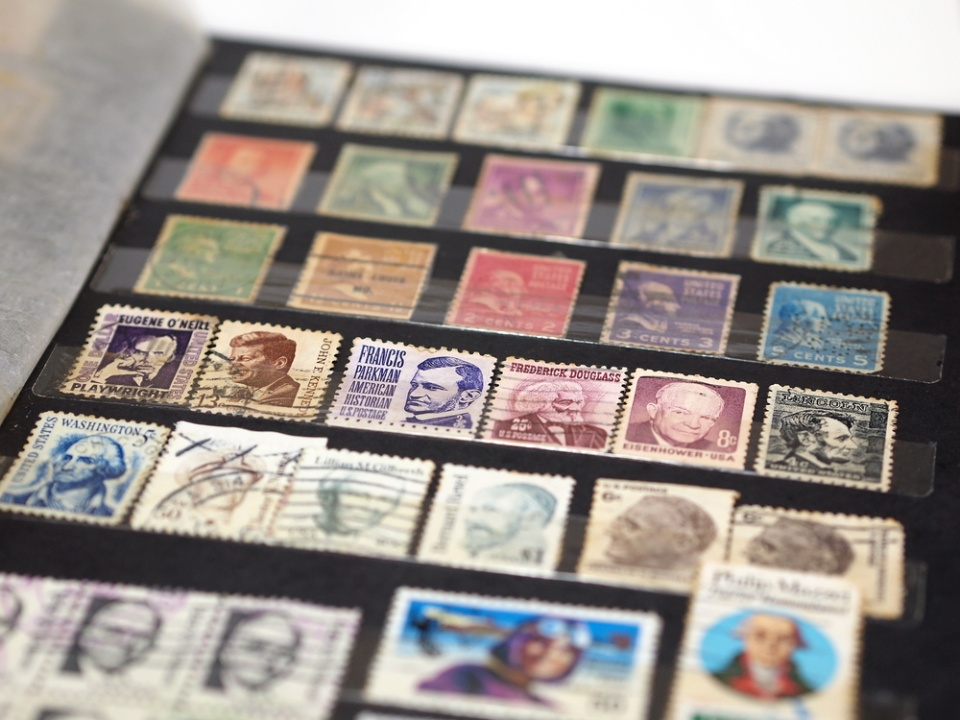
Stamps are delicate and need to be stored properly to preserve their condition. One of the most important steps in stamp collecting is learning how to store your stamps in a way that protects them from damage. Invest in acid-free stamp albums or stock books that can hold stamps securely and protect them from the elements.
Additionally, consider using glassine envelopes or plastic sleeves to keep individual stamps safe. These materials prevent stamps from becoming creased or exposed to moisture. Keeping your stamps in a cool, dry environment away from sunlight will also help preserve their colors and prevent fading over time. Proper storage ensures your collection stays in great condition for years to come.
Learn About Stamp Values
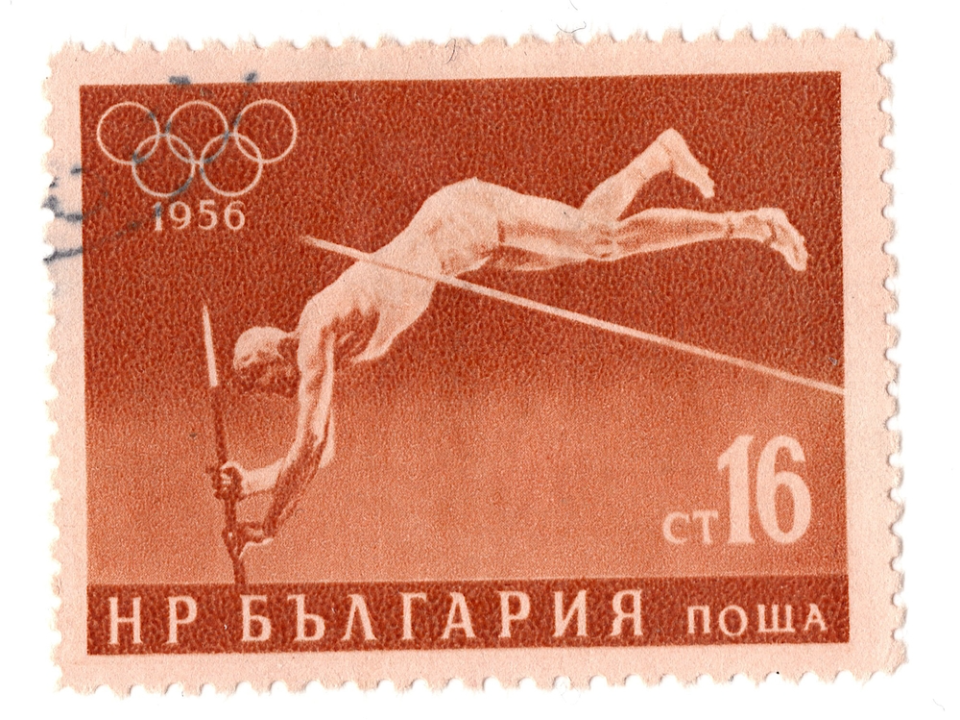
Understanding how stamp values are determined will help you make smart choices when adding stamps to your collection. The value of a stamp is based on factors such as rarity, demand, age, condition, and historical significance. Some stamps may be valuable due to their limited print run, while others may be sought after because of their unique designs.
Stamps from significant historical events or those that are misprints are often more valuable than others. However, it is important to keep in mind that not all stamps are worth a lot of money. While some stamps can appreciate in value, the main goal of collecting should be enjoying the hobby, regardless of the investment aspect.
Invest in the Right Tools
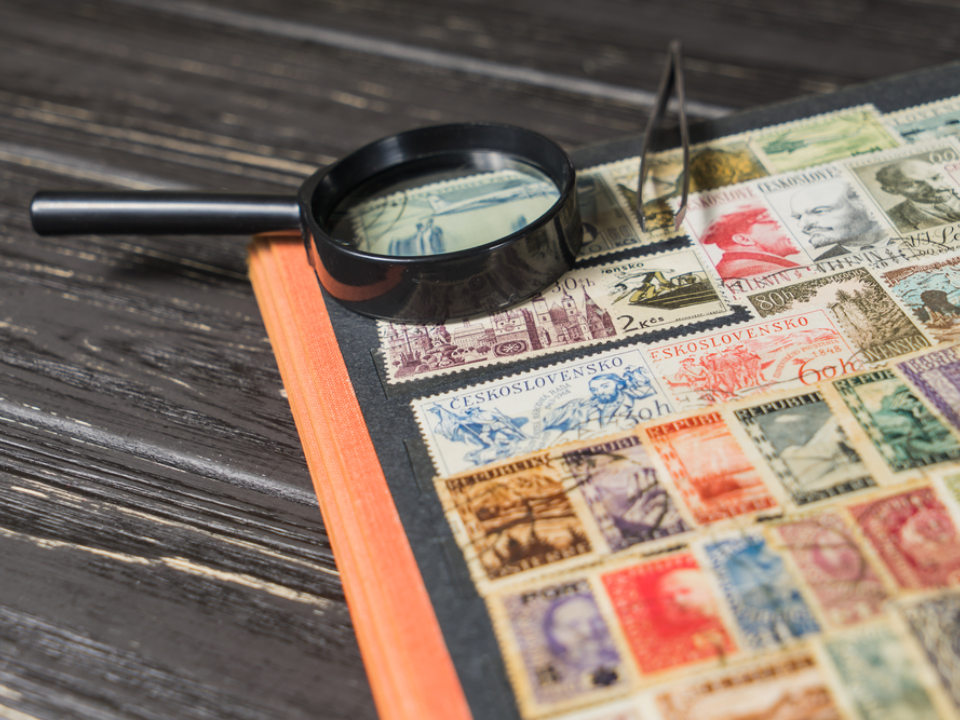
As your collection grows, having the proper tools becomes essential. Start with a magnifying glass to closely inspect the details of each stamp. This will help you spot tiny imperfections or markings that could affect a stamp’s value. Additionally, a perforation gauge will help you measure the holes around the edges of the stamp to determine whether it has been properly perforated.
You will also need to invest in tongs, which are specially designed tweezers for handling stamps. These tools will allow you to pick up stamps without damaging them with your fingers. As your collection becomes more refined, you may want to invest in more specialized tools like watermark detectors and stamp hinges for mounting.
Attend Stamp Shows and Auctions
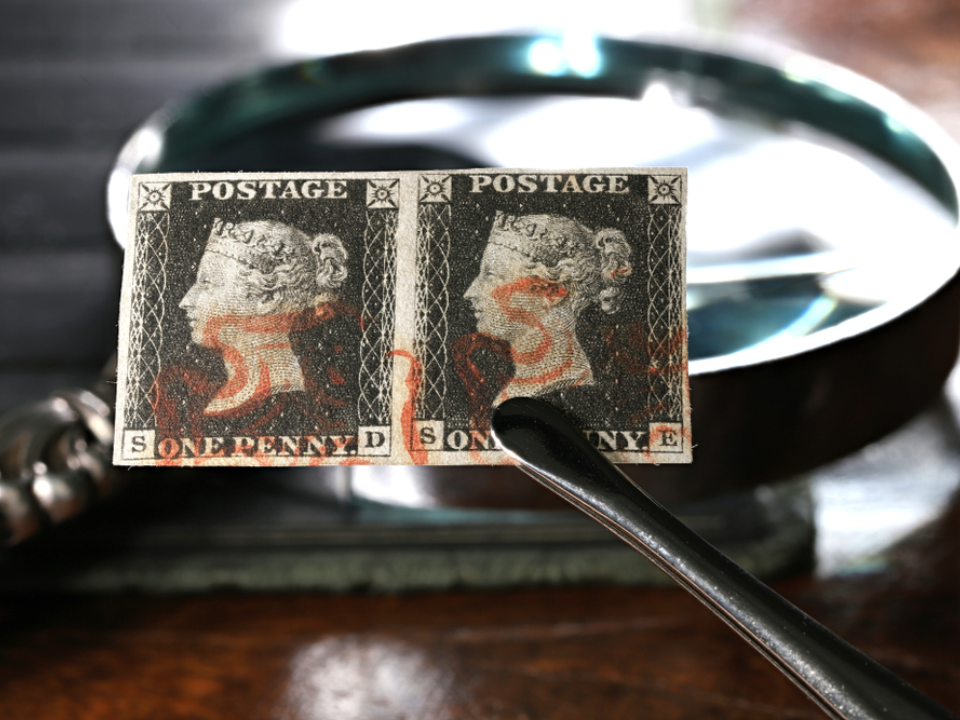
One of the best ways to build your collection is by attending stamp shows and auctions. These events provide the opportunity to see a wide variety of stamps and interact with seasoned collectors. Stamp shows often feature dealers who are willing to sell or trade stamps, which can help you find rare or specific pieces for your collection.
Auctions, both online and in person, offer a chance to bid on high-value stamps. Attending these events will also help you learn more about the market, how stamps are valued, and the nuances of collecting. Networking with other collectors and dealers can help you find stamps that may not be available through typical channels.
Be Patient and Enjoy the Process
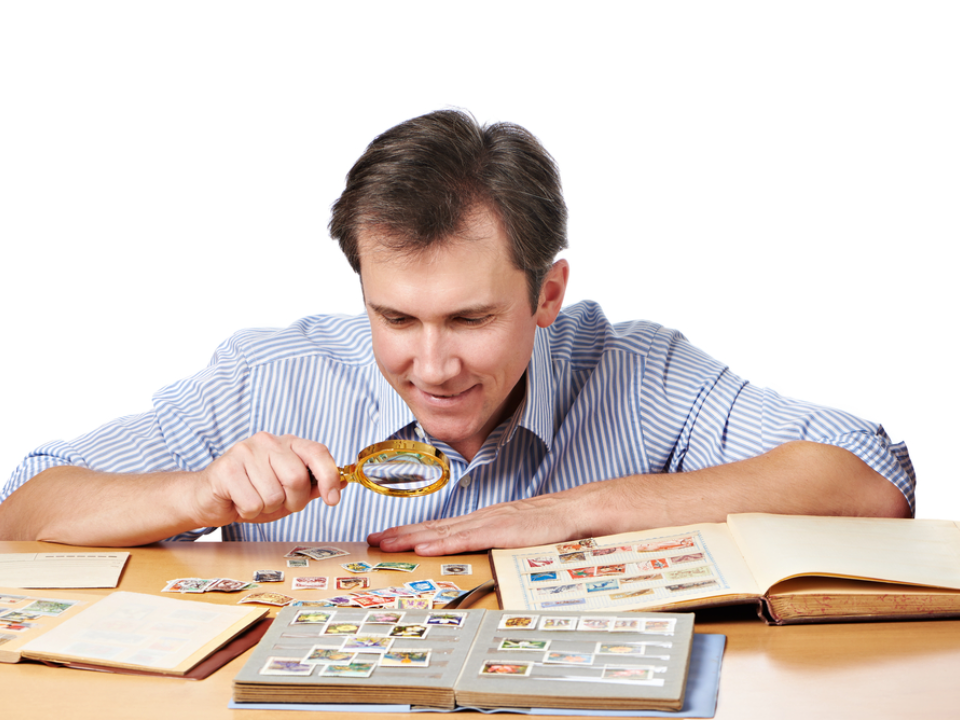
Stamp collecting is a hobby that requires patience, and it may take time to build a collection you can be proud of. It’s important to enjoy the process of collecting, whether you are hunting for rare stamps or simply learning more about the hobby. Each stamp you add to your collection represents a piece of history and a moment of achievement.
As with any collection, the journey is just as important as the destination. Take your time to research, acquire, and appreciate each new addition to your collection. By staying patient and allowing your collection to grow naturally, you will develop a deeper understanding of the hobby and find joy in every step along the way.
Keep a Catalog of Your Collection
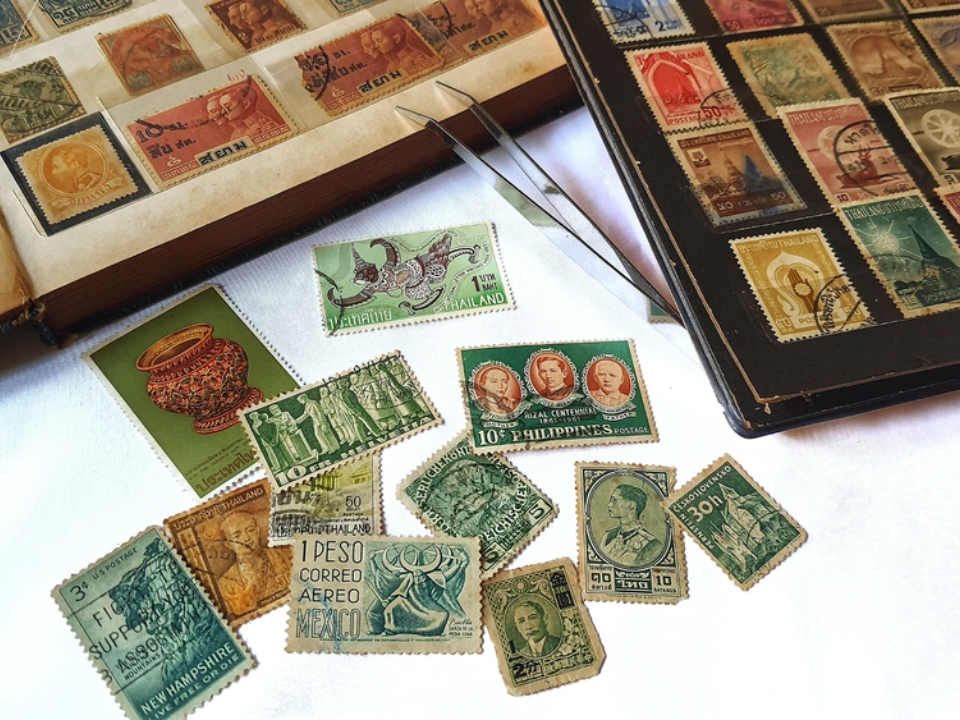
Creating a catalog of your stamp collection can help you stay organized and track your acquisitions. A catalog allows you to list the stamps you own, their condition, and their value, which is helpful when it comes time to sell, trade, or insure your collection. It also provides a detailed record of your collection’s growth over time.
There are several ways to create a catalog, from traditional handwritten records to digital spreadsheets or specialized software. Many collectors prefer digital catalogs because they can be easily updated and shared. Regardless of how you choose to catalog your stamps, having an organized system will keep your collection manageable and accessible.
Learn to Identify Fakes
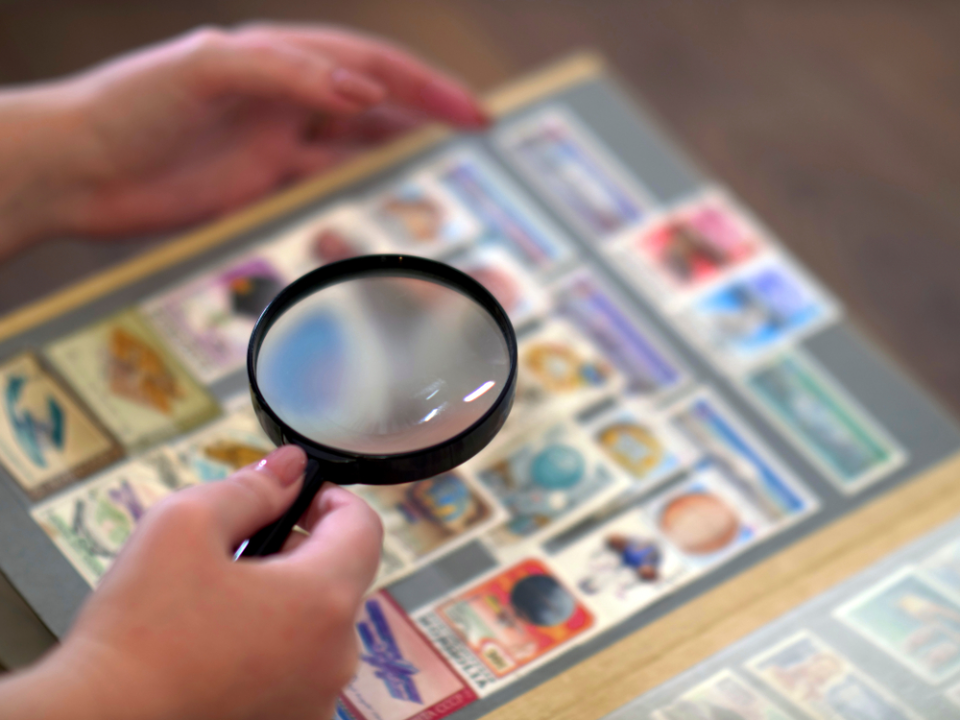
As you start acquiring valuable stamps, it is essential to learn how to identify counterfeit or forged stamps. Unfortunately, the world of stamp collecting has its share of fakes that can be passed off as genuine. Learning how to recognize the differences between real and fake stamps will protect you from making costly mistakes.
You can use various tools to check for authenticity, such as watermark detectors and ultraviolet light tests. Consulting reputable sources, such as expert dealers or guidebooks, can also help you spot counterfeit stamps. By educating yourself about common forgeries, you can ensure that your collection remains genuine and valuable.
Stay Organized with a Display System
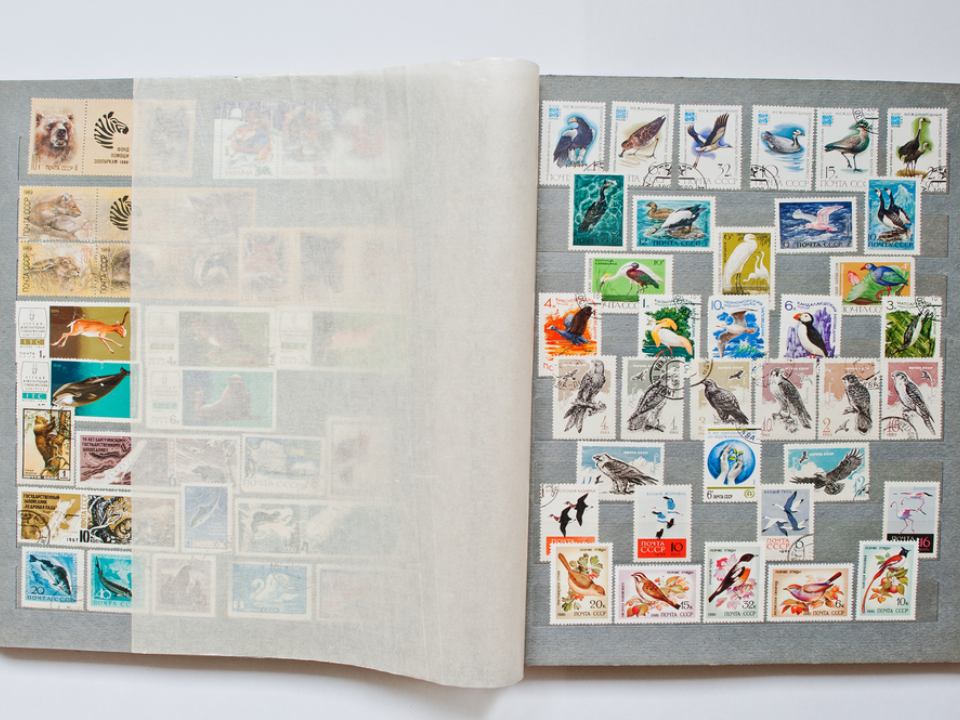
As your collection grows, consider setting up a display system to showcase your stamps. This will allow you to keep your collection organized and make it easier to enjoy. Many collectors opt for frames or shadow boxes, where stamps can be displayed in an attractive and accessible manner.
You can also use specialized albums or binders to organize your collection by category, such as by country, era, or theme. A well-organized display system will not only help you keep track of your stamps, but it will also make it easier to share your collection with others. Having a neat, accessible display system makes it more fun to show off your collection and keeps everything in order.
Do Not Rush Your Collection
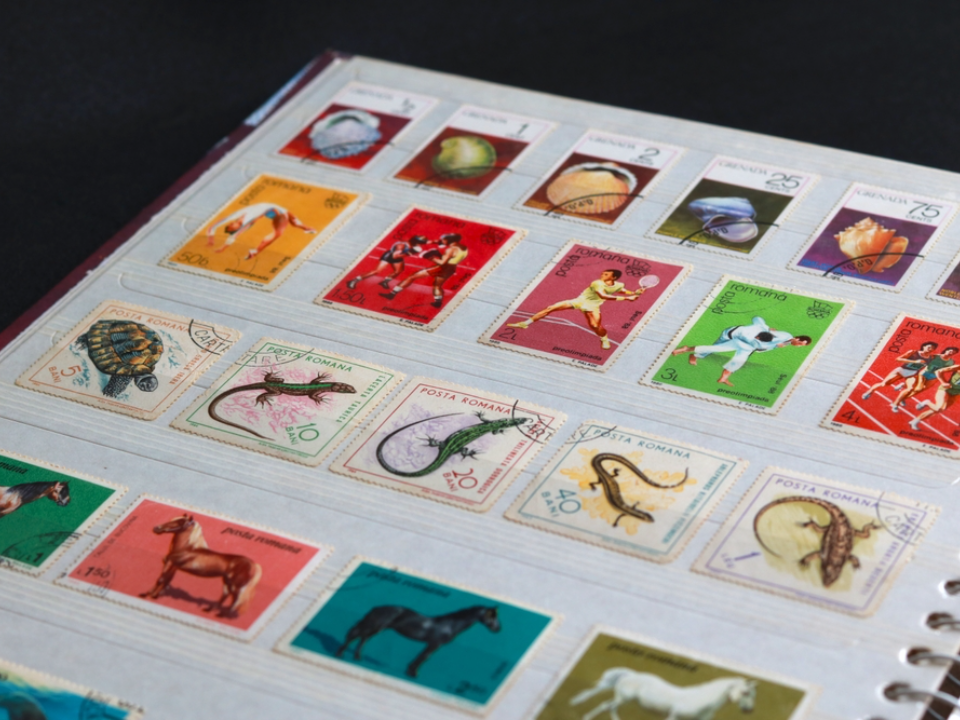
Stamp collecting is not a race. Take your time to enjoy the process, and do not rush to complete your collection. As you gain more knowledge and experience, you will come across new opportunities to acquire stamps that fit your interests. Whether you’re focusing on rare stamps or just enjoying the hobby, it is important to let your collection evolve at a natural pace.
Rushing through the process may result in overpaying for stamps or acquiring pieces that do not fit your collection’s theme. Instead, enjoy the hunt for each new stamp, and savor the satisfaction of completing sets or finding rare pieces. The slower pace will help you enjoy the hobby more and allow your collection to truly reflect your passion.
Get Your Stamps Professionally Appraised
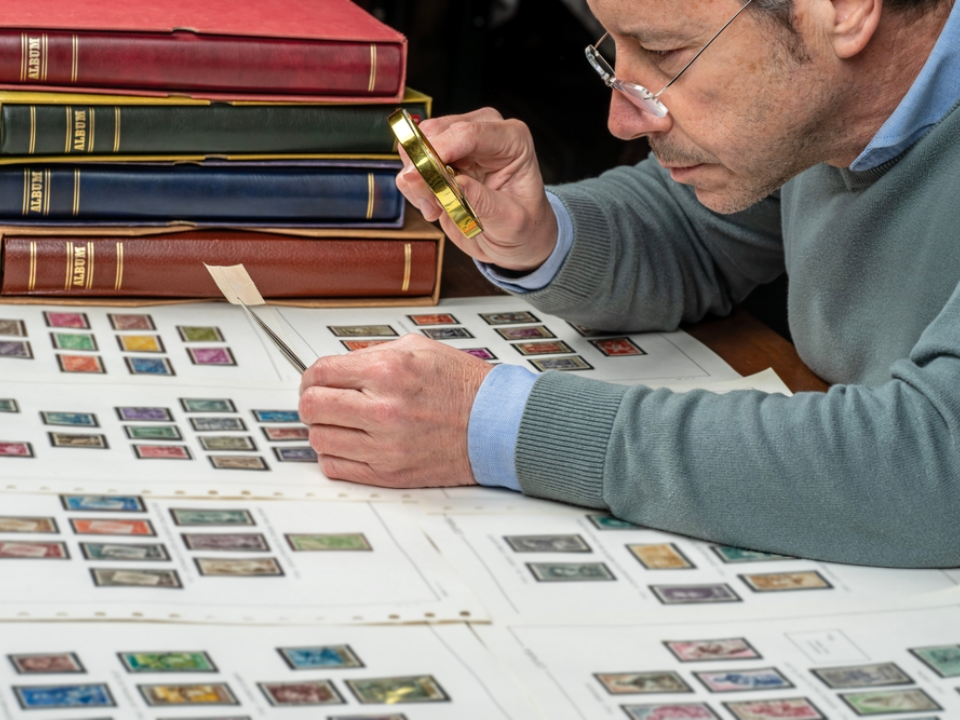
If you have valuable stamps in your collection, consider having them professionally appraised. An expert can assess the value of your stamps based on their rarity, condition, and historical significance. A professional appraisal will give you a clear understanding of your collection’s worth, which is helpful if you plan to sell, insure, or trade stamps in the future.
Appraisals can also provide peace of mind if you are unsure about the value of a particular stamp. Knowing the market value will help you make informed decisions when acquiring or selling stamps. It is always a good idea to periodically assess the value of your collection to ensure you are keeping it in good standing.
This article originally appeared on Avocadu.
